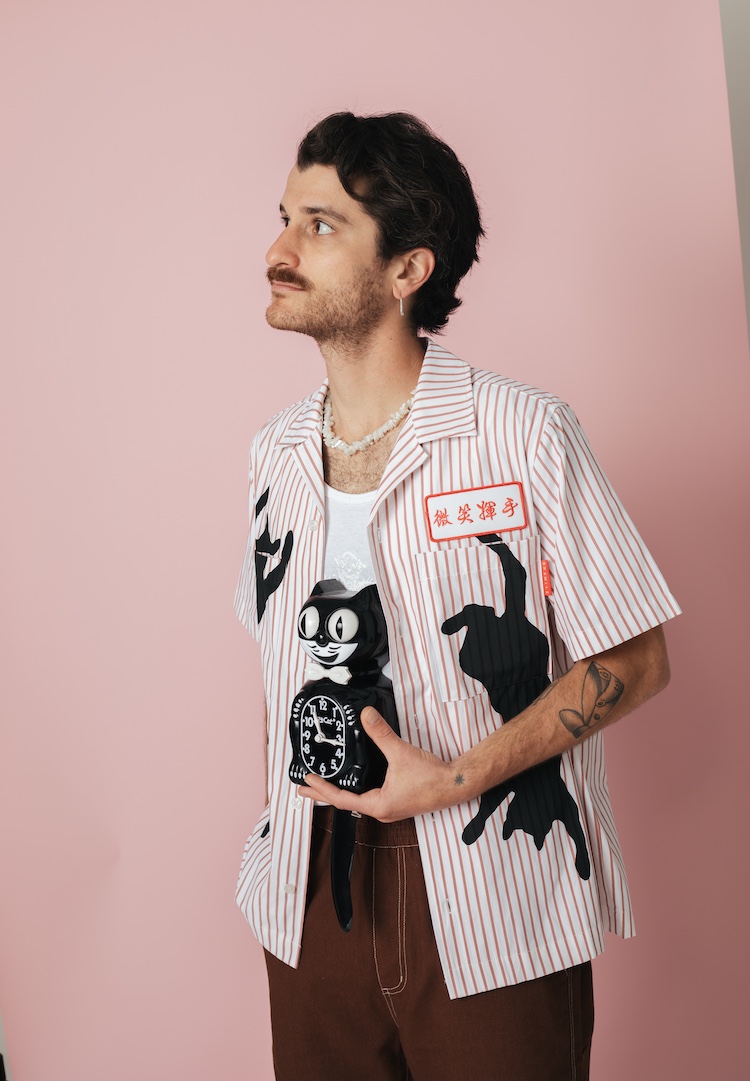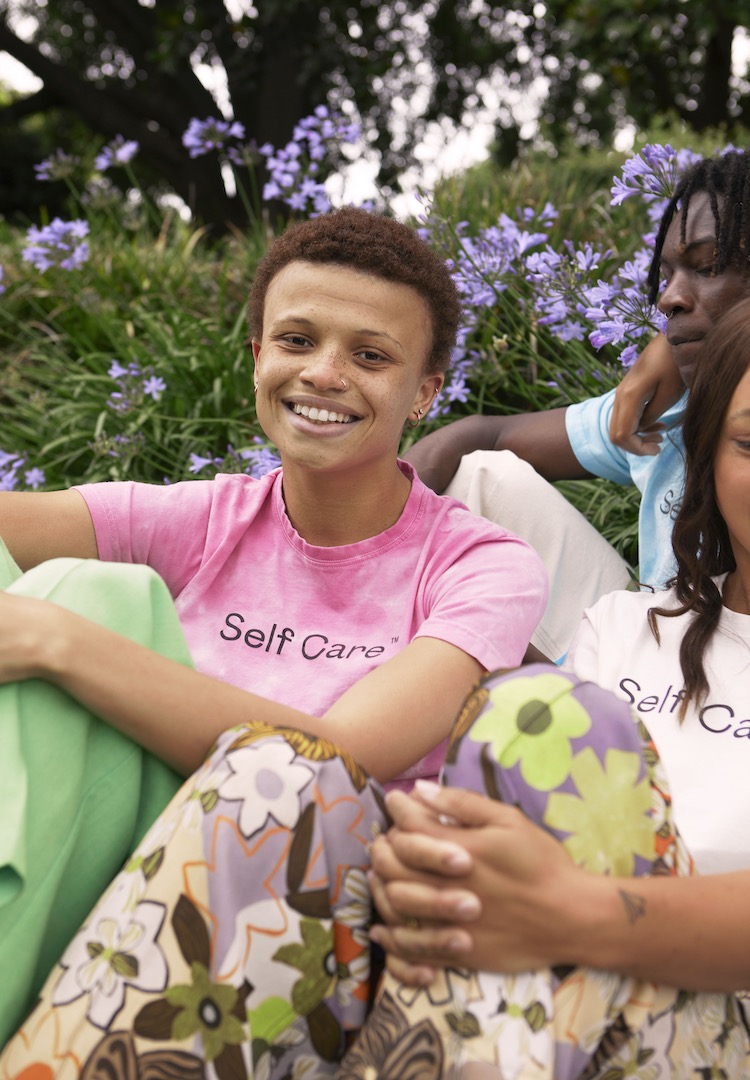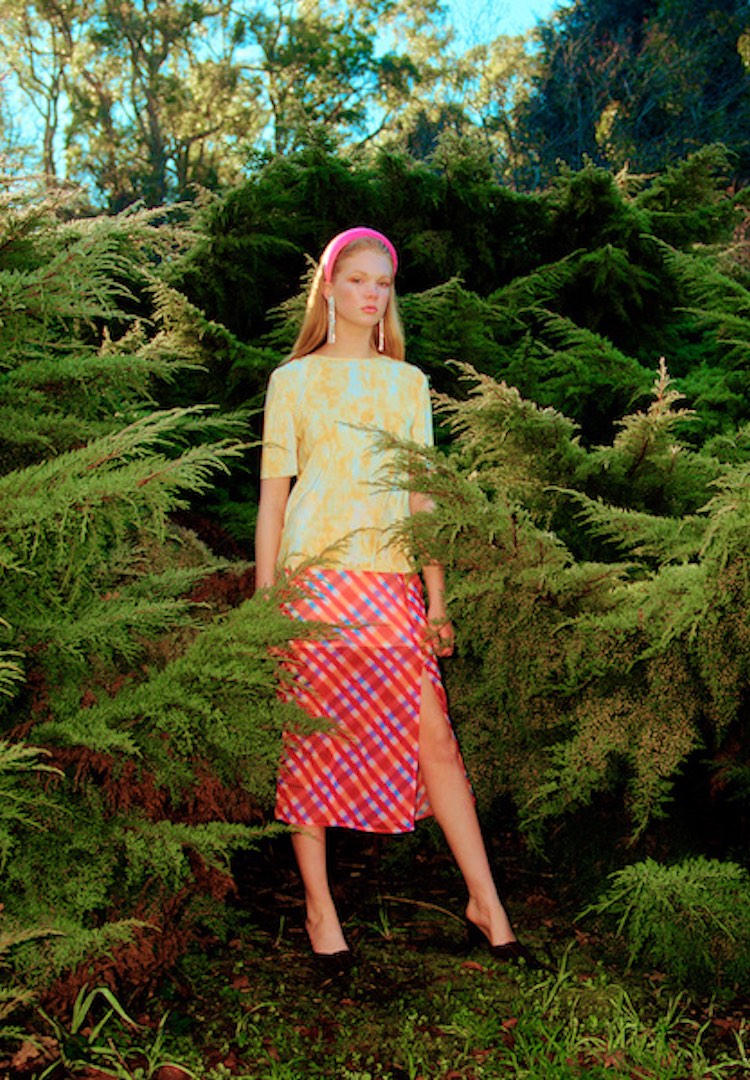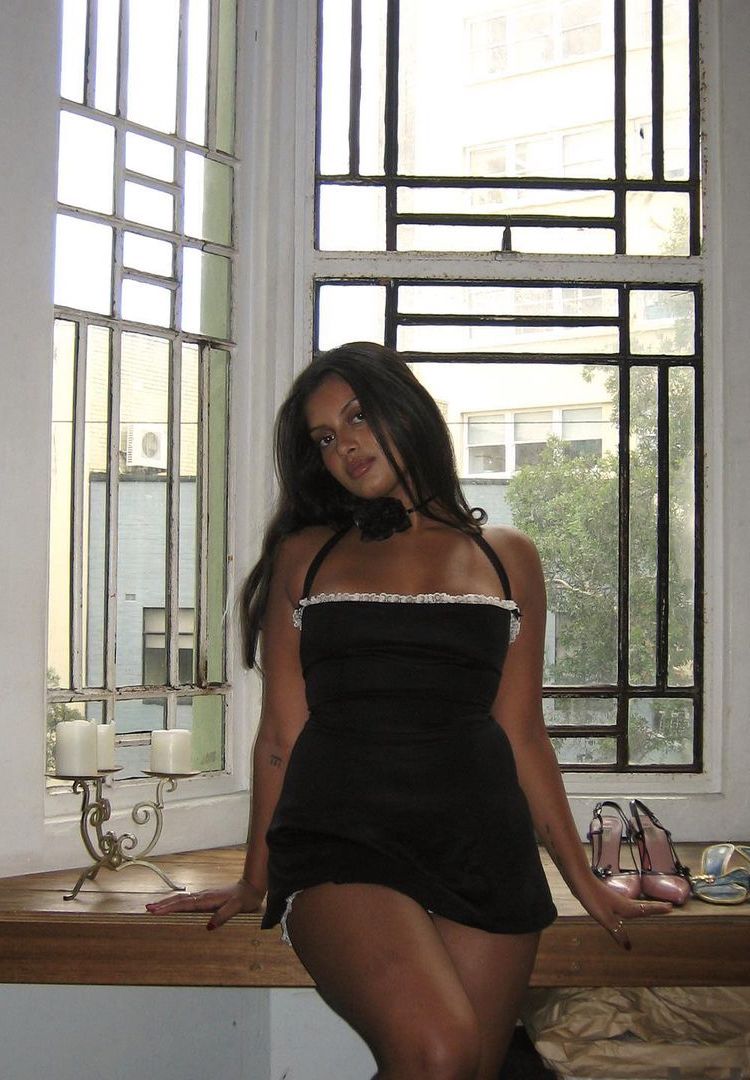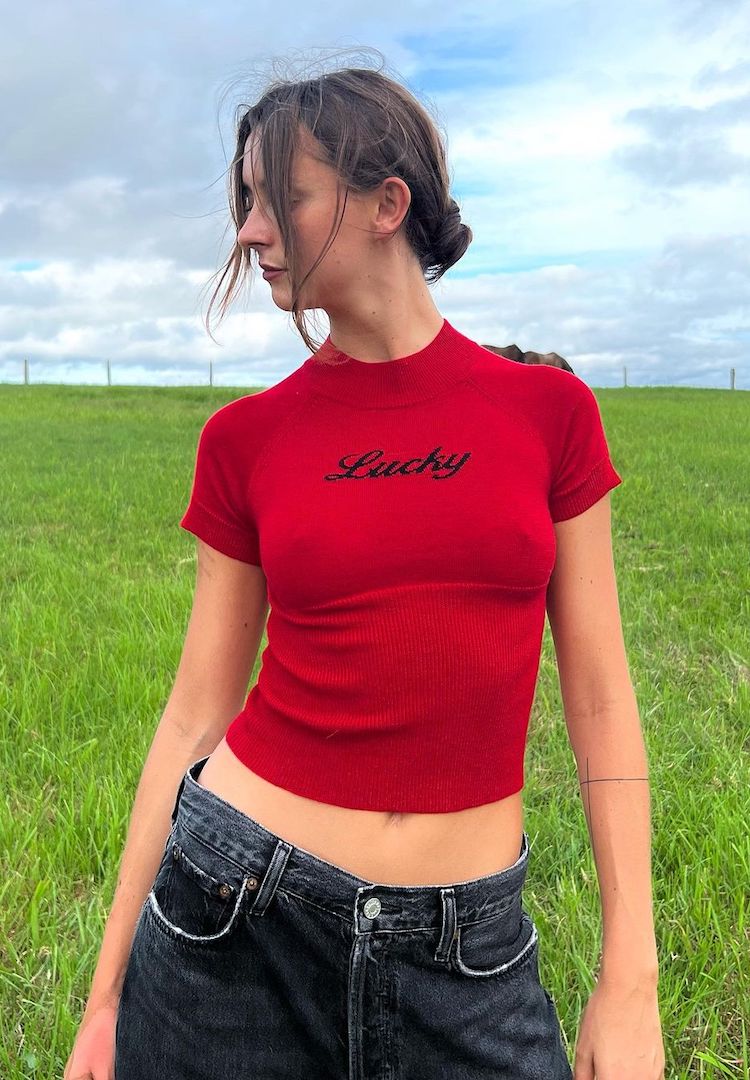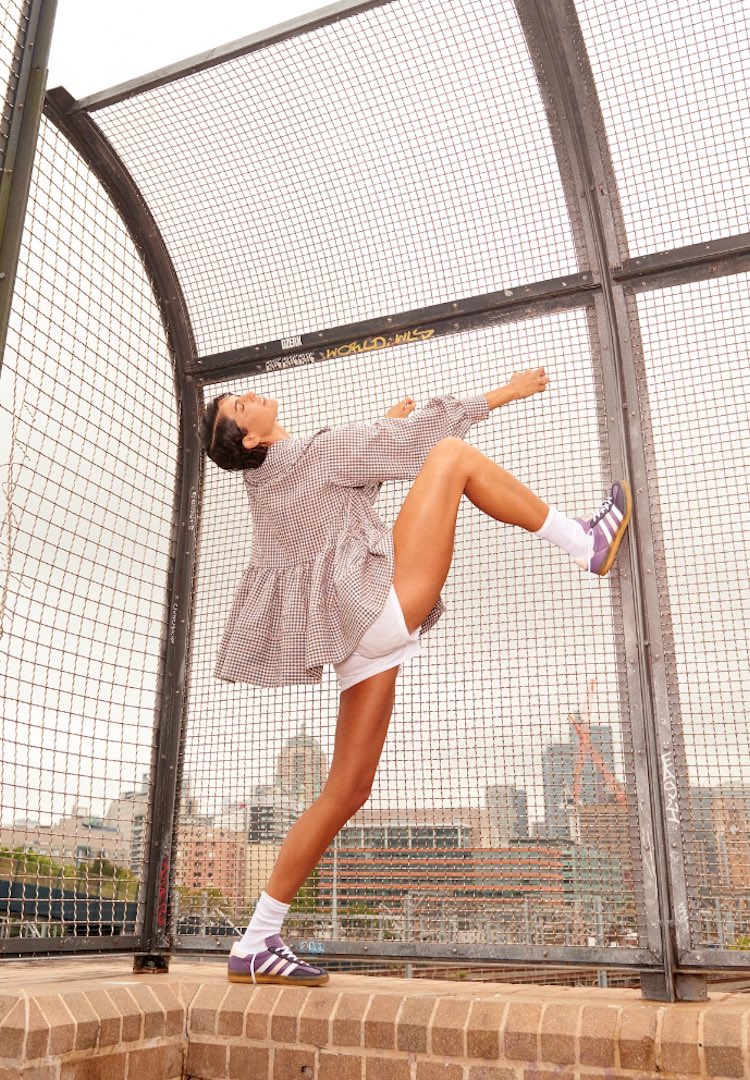Here’s why most of your clothes aren’t made in Australia
IMAGE VIA SELF CARE ORIGINALS
Words by Rachael Akhidenor
How my journey of creating a tote bag spiralled into an investigation of Australia’s manufacturing processes.
It all began with a tote bag. Well, an intention to create a tote bag. One that had been ethically made here in Australia. It didn’t seem like too tall of an ask. Given the increasing demand for Australian-made goods, I assumed it would be easy. Oh, how I was wrong. What followed was weeks upon weeks of laborious searching, emailing and phone calls to those in Australia’s manufacturing industry. I had conversation upon conversation, to no avail.
“Tote bags simply aren’t made here in Australia,” I was told time and again. If I really wanted my tote bags to be made in Australia, my only option was to have them created by a patternmaker. Perhaps if I was looking to engage a patternmaker for other items too – like custom-made shirts, skirts and pants – this would be a viable option. Given I had no need to create anything other than tote bags, this seemed both excessive and a waste of a patternmaker’s skills.
Keep up to date with ethical Australian designers over at our Fashion section.
Unfortunately, the more I asked around, I realised the barriers to local manufacturing don’t stop at tote bags. I kept hearing from members of our rag trade that here in Australia, we simply don’t have the machines or the technology for that. You’d have to go overseas. It was then I began to appreciate the limitations of our manufacturing industry. A jarring realisation, given the common perception surrounding Australian-made products as ‘good’ and foreign-made products as ‘bad’.
What I discovered didn’t align with the common rhetoric that manufacturing here is ‘easy’ or ‘simple’ and ‘why don’t all brands do it?’. I came to realise this is a far more complex and nuanced issue; one that can’t (and shouldn’t) be viewed from a reductionistic lens.
There’s no denying there’s a plethora of benefits that come from manufacturing locally. Charlotte Hicks is the founder and director of sustainable label Esse, winner of the 2020 National Designer Award and very much at the fore of sustainability within the fashion industry here in Australia. She remarks that my experience isn’t unusual, noting that demand for local manufacturing from brands has been growing for some time. “There’s a massive resurgence which was happening even prior to the pandemic. The business is there for the local manufacturing industry, especially post-pandemic.”
As consumers, we’re increasingly aware of our environmental footprint and the benefits of not having goods shipped halfway across the world. We’re more alert to the importance of supporting our economy and creating opportunities for more jobs. While there’s an increased consumer and designer demand to manufacture locally, there is, perhaps, a dissonance between the industry’s ability to meet such requests.
Myra Spencer, one half of Melbourne-based cult shoe label (and manufacturers) Post Sole Studios, knows this all too well. As a shoemaker herself, all of Myra’s shoes are made in-house and she closely understands the limitations of Australia’s manufacturing industry. She notes it’s not just a case of supply and demand.
“I guess interest in local manufacturing from designers is great, but unless we have the same amount of people interested in physically taking on the jobs as a career in manufacturing, it’s a bit difficult to make it happen! Everyone likes the idea of locally made products and they want to have that label, but there isn’t the same interest in working in the industry as a [manufacturing] worker, not a designer. Obviously, people want to come and try it out, but the reality of it is long days on your feet, hot machines, dust, etc. It’s not very glamorous and [is] physically demanding.”
Charlotte makes similar comments. “Skilled workers are few and far between. Really great machinists are a rare breed. I hold onto mine tight and look after them really really well because [they] aren’t in abundance. It’s a bit of a lost art. It’s just not a desired craft to pursue anymore,” she says.
The lack of skilled workers in Australia means there are limitations on output from brands that choose to manufacture locally. But in a market where exclusivity drives demand, this isn’t necessarily a disadvantage. “We are limited in the quantities we can produce and the speed at which we can do it,” Myra explains. “This isn’t a bad thing for us as a brand necessarily, but it does mean we can’t offer our service to other customers.”
The barriers to local manufacturing aren’t just limited to how much we can produce. Because so much of our manufacturing industry has moved offshore, our technical capabilities are limited and pale in comparison to what can be done overseas. “There are a lot of types of products that you just can’t make here,” Charlotte notes when asked about sustainability and textile innovation within our local industry. “I don’t like to start with the negatives because there are a lot of pros, but because of the small industry, [we lack] certain types of machinery and certain capabilities.”
As for what can be produced here, the price is, often, a very real hindrance to access, whether that be from the business or consumer viewpoint. “It is hard to explain why [or] how things cost so much to make here, when consumers are seeing a similar product come in from overseas for a fraction of the price,” Myra comments.
“Things like space, rent, machinery, all of that, is expensive and obviously the cost of the product becomes expensive,” adds Charlotte. “Not everyone is willing to pay the price that kind of product should be charging, so there are lots of layers there.” Yet (and fortunately), it’s not all doom and gloom.
For those like Myra and Charlotte who have built highly respected brands creating and selling Australian-made goods, there are plenty of positives. “Manufacturing locally is great and exciting, and I feel very lucky we have been able to establish a little factory,” says Myra. For Charlotte, it’s about being part of the process. “I like to be able to touch and feel [the product] every day and react and respond. It’s my art.”
This article was originally published on March 24, 2021.
To become acquainted with some fashion brands manufacturing in Australia, head here.

